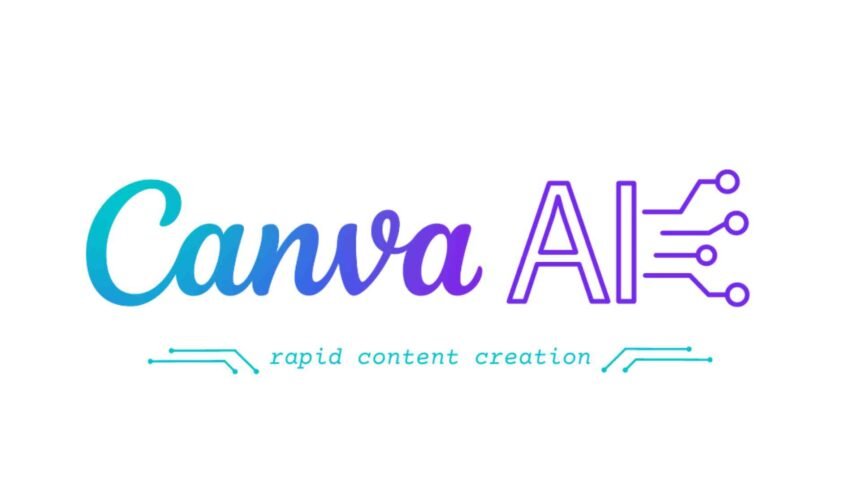In a bold leap forward, Canva Analytics is storming into the marketing analytics space by acquiring MagicBrief, a rising star in AI-driven creative intelligence. This strategic move marks Canva’s first major step beyond design tools and into real-time content performance tracking and optimization, equipped with AI-powered analytics capabilities. Announced at the Cannes Lions International Festival of Creativity on June 17, 2025, the MagicBrief acquisition signals a shift in Canva’s vision: to power the entire content lifecycle from creation to analysis with a single, unified platform.
From Design Hub to Analytics Powerhouse
Canva, known for empowering over 240 million users monthly and generating approximately US $3 billion in annual revenue, is no stranger to innovation. But until now, its strength lay primarily in design and collaboration. By bringing Canva analytics into play, the company is extending its reach into data-informed decision-making, a necessity in today’s increasingly competitive visual economy .
MagicBrief, founded in 2022, has already analyzed over US $6 billion in ad spend, helping brands like Linktree, Turo, Eucalyptus, Koala, and Fenty Beauty craft more impactful creative content. Its intuitive workflow empowers marketers with data on what messaging, formats, and strategies work best; insights are now primed to integrate deep into Canva’s Visual Suite.
Unlocking the MagicBrief Acquisition Blueprint
The MagicBrief acquisition came together swiftly. According to a Capital Brief report, MagicBrief co-founder George Howes was on his way to the UK to expand operations when he received an unplanned WhatsApp message from Canva co-founder Cliff Obrecht prompting an urgent meeting. Within hours, a deal was sealed, leveraging Canva’s existing momentum into something far more robust.
Under the agreement:
- MagicBrief continues to operate as a standalone service during the transition.
- Its Sydney-based team will join Canva full-time, with George Howes stepping into a leadership role within the company.
- Canva plans to weave MagicBrief’s AI-powered analytics muscle directly into its Visual Suite, helping marketers see not just what works, but why.
What This Means for Marketers
1. End-to-End Creative Workflow
Marketing teams can now generate ideas and design them in Canva, then switch seamlessly to analyzing performance via MagicBrief insights, all without leaving the platform. This closes a critical loop in the marketing lifecycle.
2. Real-Time Optimizations
With AI-powered analytics integrated into Canva, marketers gain access to instant feedback loops understanding which ads or visuals resonate best, and pivoting on the fly to optimize campaigns.
3. Democratized Data Insight
MagicBrief has always championed intuitive analytics. Now, that same philosophy will extend to Canva users. Expect simplified dashboards and contextual insights that say, “Your image copy works here,” or “That messaging performs well with X demographic.”
4. Better ROI on Creative Assets
MarketingMag notes that Canva—a company now valued at around US $49 billion—aims to help brands not just create assets at scale but convert those assets into tangible results through performance data.
Canva’s Strategic AI Playbook
Canva has been steadily assembling an AI-driven toolkit in recent years: Magic Write (copywriter), Magic Studio (design suite), AI-powered charts, enhanced photo editing, and coding tools—all rolled out in 2024 and 2025. The MagicBrief acquisition cements Canva’s shift from a design-first platform to a design-and-decision platform.
By merging AI creativity and analytics, Canva is responding to market demands where volume, velocity, and value reign supreme. Brands no longer just need to crank out content—they need to know what works, for whom, and why.
What Happens Next
For now, MagicBrief remains operationally independent. But behind the scenes, integration is already underway. Users will soon see their analytics and creative tabs merge, with deeper insights surfaced within their Canva workflows. George Howes is at the forefront of this transformation, working alongside Canva’s leadership to bring the promise of Canva analytics to life.
Competitive Landscape Redefined
With this move, Canva sets itself apart from design-heavy competitors (like Adobe Express and Crello) and challenges marketing platforms (such as HubSpot and Hootsuite) that offer more narrow analytics capabilities. Canva’s integrated suite is positioned to become a one-stop shop for design, collaboration, and insight.
Why This Matters
Marketing continues to evolve under intense pressure to create more faster with less. In today’s visual economy, the differentiator isn’t just aesthetics; it’s performance. Teams that can design, analyze, and optimize within a single ecosystem will emerge as leaders. Canva is placing its bet, and users stand to benefit.
Bottom Line
The MagicBrief acquisition isn’t just another tech consolidation; it’s a statement. Canva is redefining itself as a comprehensive content intelligence platform. By fusing AI-powered analytics with intuitive design tools, Canva is enabling marketers to harness creativity and data in harmony. It’s not just about what you can make; it’s about what it can achieve.
- Expect a phased rollout of analytics features directly in Canva.
- Continued support for MagicBrief’s standalone product during integration.
- Possible expansion of analytics into video, presentations, and other visual content.
- Focused innovation from the Sydney team and fresh leadership perspectives.
In short, Canva analytics just graduated from helpful to essential. With AI-powered analytics now built-in and the MagicBrief acquisition wrapping up integration, Canva becomes more than a design tool—it becomes a creative strategist equipped with smart data. Marketers ready to elevate their performance are watching closely.






